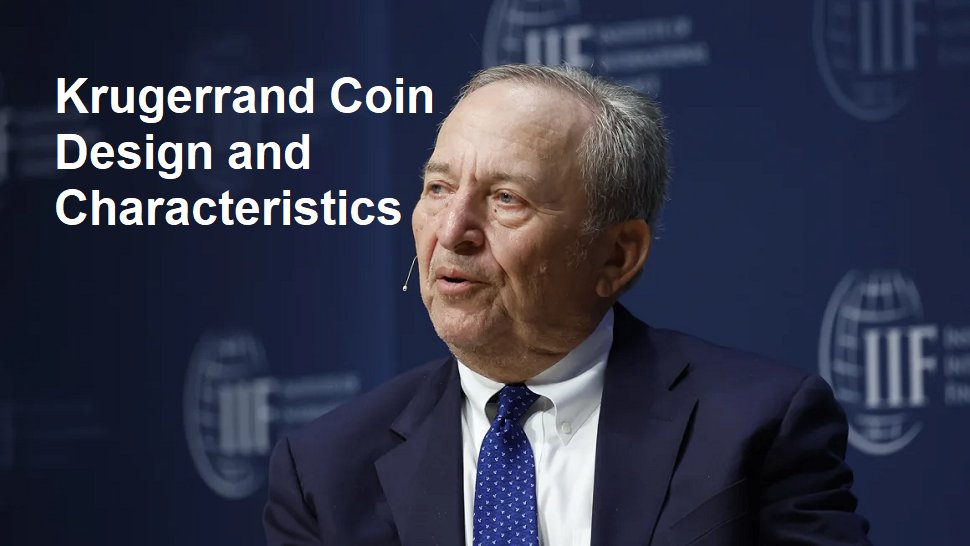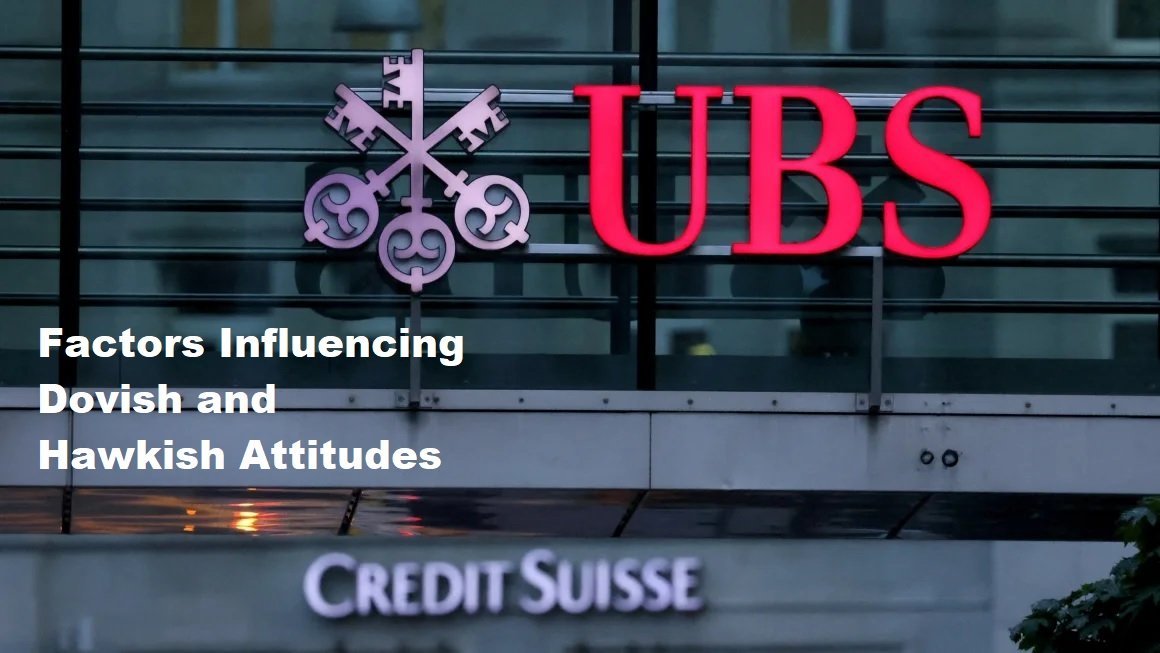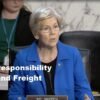Multilateral is a term that is often used in the context of international relations, especially in the field of trade. In general, multilateral refers to an agreement or cooperation involving three or more countries. In the context of trade, multilateral refers to a system where countries agree to carry out free and fair trade, in order to achieve mutual prosperity by providing equal market access for all parties. The definition of multilateral in trade refers to cooperation and trade agreements involving many countries. This multilateral system is designed to reduce obstacles and increase inclusive global economic growth. Organizations such as the World Trade Organization (WTO) are a concrete form of the multilateral trading system, where members work together to create international trade rules to create a conducive environment for all parties.
Meanwhile, a bilateral trade agreement is an agreement between two countries to give each other tariff preferences and market access. In this case, only two countries are involved in the agreement, focusing on their respective interests and economic progress. This agreement allows countries to launch trade relations with more specific targets and benefit from special preferences that have been agreed upon. Lastly, the term ‘unilateral’ refers to actions or policies taken by one country without involving other countries. In the context of trade, this could include the imposition of tariffs, quotas, or restrictions on exports/impontahas and imports by a country without agreement or consultation with partner countries. The main difference between multilateral, bilateral and unilateral lies in the number of countries involved and the level of cooperation that exists in carrying out trade relations between them.
Multilateral Relationship with Forex
Multilateral forex trading is a form of foreign exchange transaction that involves more than two parties. In this trading, there are several main players involved, such as central banks, financial institutions such as commercial and investment banks, multinational companies, and hedge funds. The central bank is an important party in the forex market because it plays a role in regulating monetary policy and the country’s currency exchange rate to achieve economic stability. Meanwhile, other financial institutions play a role in providing liquidity and facilities for forex market players. Currency exchange between countries in multilateral trade involves more than two parties transacting with each other. This is usually done through systems such as Electronic Broking Services (EBS) or Reuters Dealing, which allow market participants to view currency prices in real-time and carry out transactions quickly. This transaction has become an inseparable part of the global trade mechanism, involving export-import and investment activities between countries.
One of the main benefits of multilateral trading in forex is increased market liquidity. As more market players become involved, the supply and demand for currency tends to become more balanced, so transactions can be more easily discovered and executed quickly. High liquidity is very important in the forex market because it can reduce volatility and encourage price efficiency, which ultimately benefits all parties involved in the transaction. However, multilateral trading in forex also opens up investment opportunities. Market players, both individuals and institutions, can look for opportunities to profit from fluctuations in foreign currency exchange rates. Additionally, they can also use derivatives such as options and futures contracts to manage risk or invest in the forex market. When various parties interact with each other in this forex market, they not only create liquidity but also build a complex and dynamic ecosystem where information about exchange rates continues to change and influence the decisions of market participants.
Multilateral Linkages with Commodities
Commodity trading in multilateral markets is an important aspect of the global economy. Some examples of commodities that are widely traded in multilateral markets are gold and oil. Gold, as a traditional store of value, plays an important role in the world financial system. Oil, as the main energy source, also has a crucial role in maintaining global economic stability. In this context, multilateral trade helps connect commodity producers and consumers and ensures the fair distribution of global wealth. The implementation of international trade regulations is very influential in the commodity sector. This regulation creates clear and transparent rules to help countries trade their products without unnecessary obstacles. These regulations can take the form of tariffs, import quotas, export subsidies, or rules regarding the use of certain technologies. The implementation of this regulation has a direct impact on the volume and value of commodity trade and thus has significant implications for the sustainability of this sector.
International organizations such as the World Trade Organization (WTO) and the International Monetary Fund (IMF) play a key role in regulating commodity trade on the global stage. The WTO aims to facilitate global trade liberalization by negotiating trade agreements and resolving disputes between members. On the other hand, the IMF aims to promote economic stability and global growth by providing support to countries in overcoming financial crises and maintaining the stability of the international financial system. So, multilateral linkages with commodities are an important relationship that influences world economic stability. Multilateral trade helps provide access to markets for commodity producers and consumers and balances the global distribution of wealth. International trade regulations and the role of international organizations such as the WTO and IMF are crucial components in ensuring smooth trade in the commodity sector, which ultimately has a positive impact on global economic sustainability.
Advantages and Challenges of Multilateral Trade
One of the main advantages of multilateral trade is the reduction of trade barriers between countries. With more countries involved in multilateral trade deals, import and export tariffs can be lowered, creating a more competitive and fair market. This reduction in trade barriers allows companies to reach consumers around the world more efficiently, reducing production costs and driving economic growth. Multilateral trade can also increase market diversification for a country. This diversification allows products and services from different skills and industries to reach consumers worldwide, which ultimately reduces economic risk. Apart from that, economic stability also occurs when various countries are bound together through multilateral trade agreements, so that the risk of the impact of a recession or global economic crisis becomes more controllable due to cooperation between governments.
However, multilateral trade has its own challenges. One of the main challenges is the complex negotiation process. Because it involves many parties with different interests, reaching a mutually beneficial agreement becomes more difficult. Countries may have to sacrifice some domestic interests to reach mutually beneficial agreements in the long term. Another challenge faced in multilateral trade is the imbalance of economic power between countries. Countries with stronger economies can influence trade negotiations in their favor, which can lead to injustice for developing countries. Apart from that, the issue of protectionism is still a major challenge in multilateral trade. Countries tend to protect their domestic industries with non-tariff trade barriers, such as subsidies, import quotas, and strict regulations. This can make it difficult for other countries to compete fairly in the global market and harm consumers. Therefore, further efforts are needed to overcome the imbalance of economic power and the issue of protectionism in multilateral trade to create a fair and sustainable trading system.












